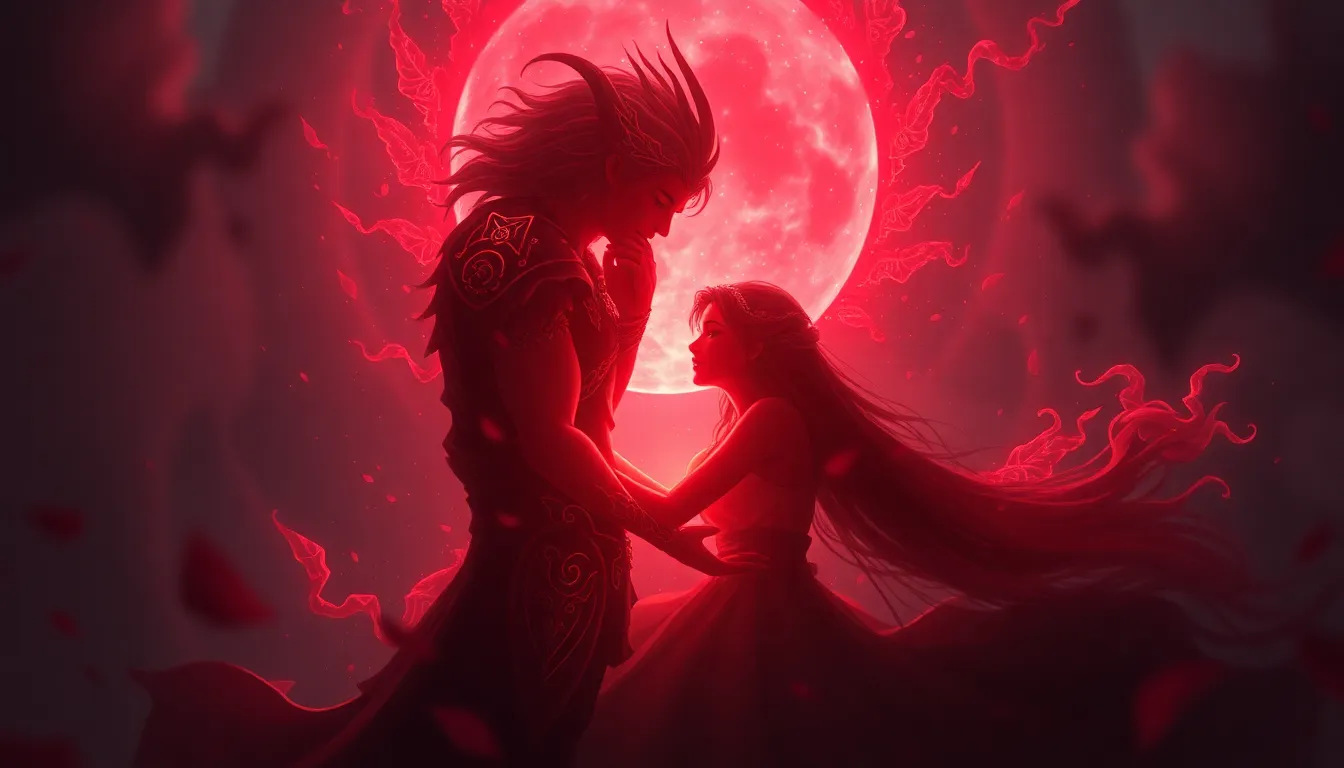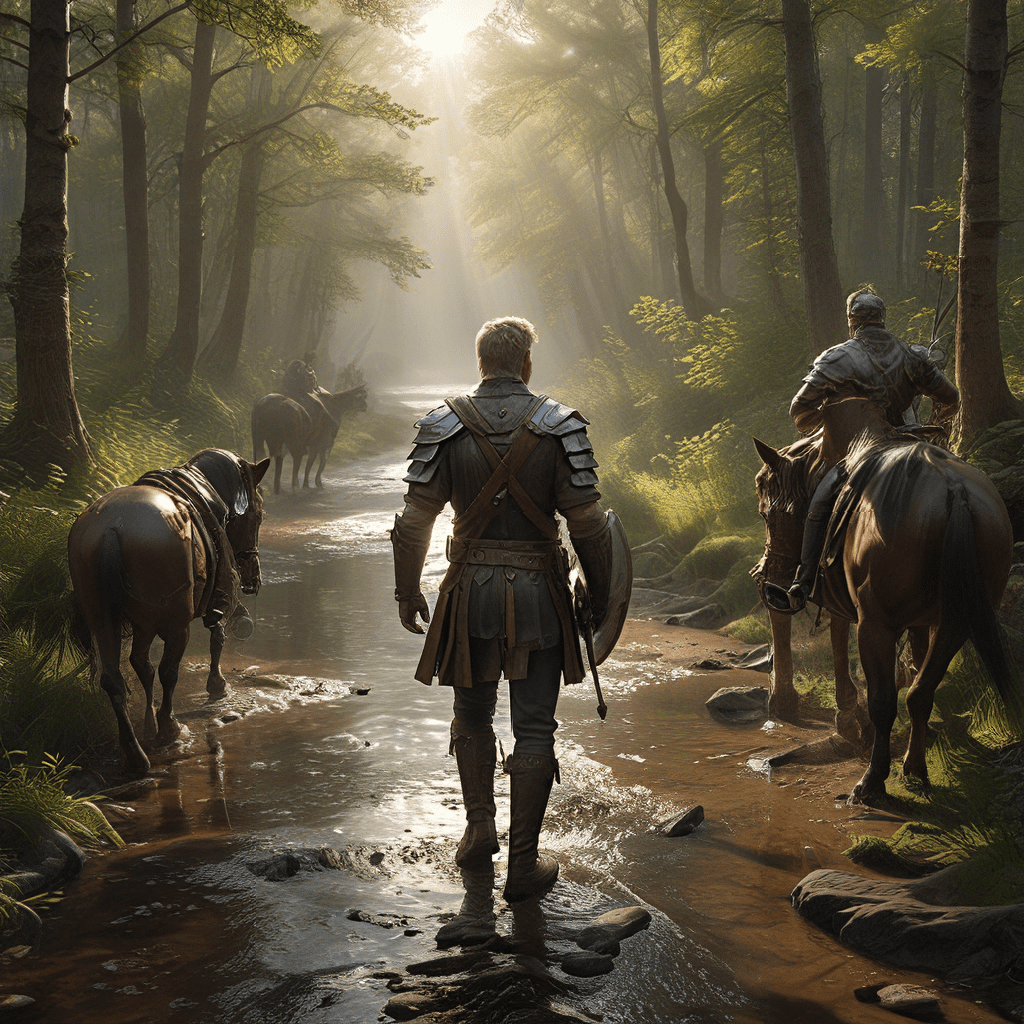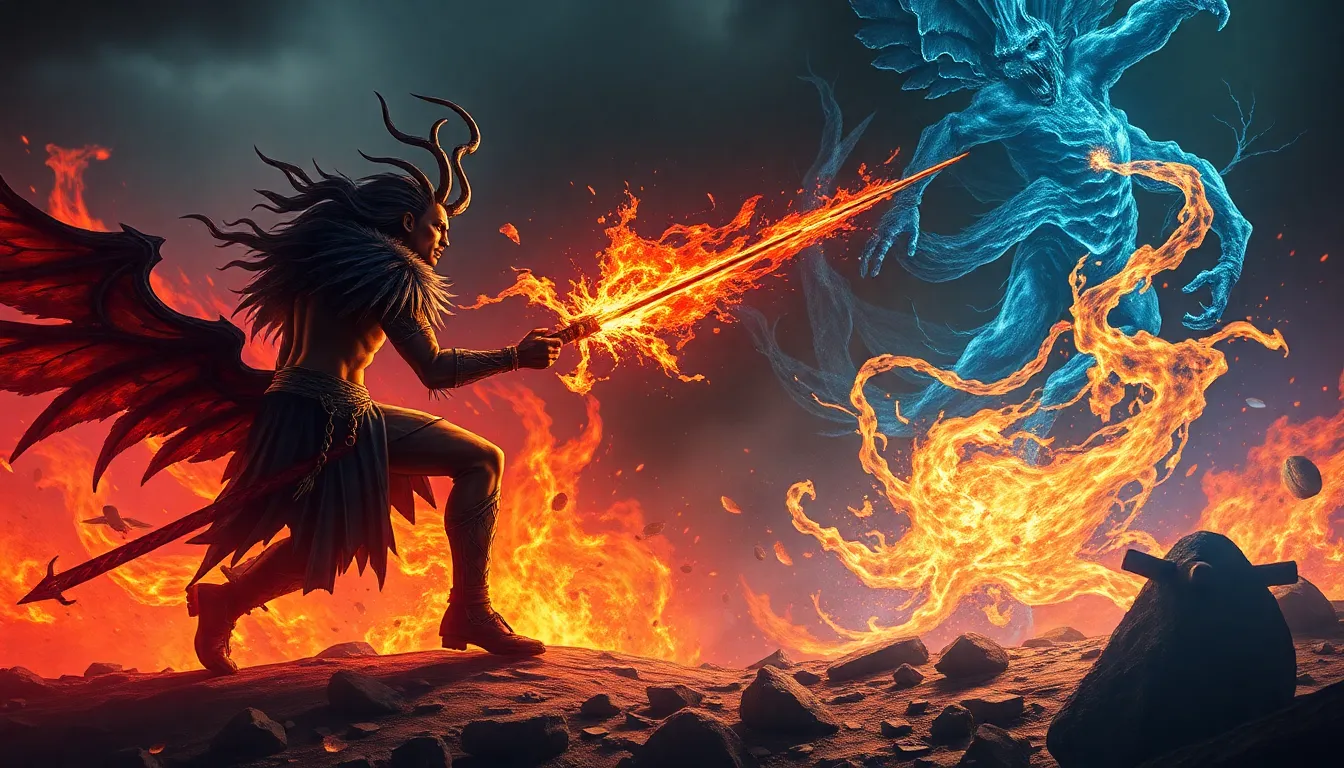Finnish Mythology: An Enduring Legacy
Immerse yourself in the captivating world of Finnish mythology, an enchanting tapestry of ancient beliefs and captivating tales steeped in the heart of the Finnish people. From its origins in the depths of time to its enduring influence in modern-day culture, Finnish mythology continues to captivate and inspire.
The Creation Myth: A Symphony of Elements
At the dawn of time, the Finnish creation myth unfolds a breathtaking symphony of elements. From the depths of chaos emerges the primordial waters, the celestial expanse, and the Earth's solid form. These elemental forces intertwine, giving birth to life and shaping the very fabric of existence.
The Gods of Creation: Väinämöinen, Ilmarinen, and Louhi
In the pantheon of Finnish gods, Väinämöinen stands as the venerable sage, his wisdom and incantations shaping the world. Ilmarinen, the master smith, forges the heavens and crafts the Sampo, a magical artifact of abundance. Louhi, the enigmatic mistress of Pohjola, weaves her enchantments and challenges the gods with cunning and wit.
The Heroes of Legend: Joukahainen, Marjatta, and Lemminkäinen
Finnish mythology is also replete with legendary heroes whose exploits and trials echo through the annals of time. Joukahainen, the cunning trickster, engages in a magical duel with Väinämöinen. Marjatta, the steadfast maiden, endures adversity and emerges as a symbol of strength and perseverance. Lemminkäinen, the reckless warrior, embarks on perilous quests and faces the wrath of Louhi.
The Spirits of Nature: Haltijas, Väkivas, and Tonttus
The Finnish landscape is imbued with a vibrant array of nature spirits. Haltijas, the guardians of forests and waters, embody the essence of the natural world. Väkivas, the spirits of the elements, wield their powers over the forces of nature. Tonttus, the mischievous household spirits, oversee the well-being of homes and families.
The Underworld: Tuonela and the Journey of the Dead
In Finnish mythology, the underworld is known as Tuonela, a realm of shadows and mist. After death, the souls of the departed embark on a perilous journey to Tuonela, guided by the ferryman Tuoni. The landscape of Tuonela is desolate and unforgiving, and its inhabitants include malevolent spirits and monsters.
The Kalevala: Finland's National Epic and its Significance
The Kalevala is Finland's national epic, a sprawling masterpiece of poetry and mythology. Compiled in the 19th century by Elias Lönnrot, the Kalevala weaves together ancient oral traditions and folklore, capturing the essence of Finnish culture and history. It tells the tales of Väinämöinen, Ilmarinen, and Louhi, and provides a glimpse into the beliefs, values, and worldview of the ancient Finns.
The Dance of Life and Rebirth in Finnish Mythology
Finnish mythology is characterized by a cyclical view of life and rebirth. The natural world undergoes constant cycles of growth, decay, and renewal, and so too do the lives of humans. Death is not an end but a transition to another stage of existence, and the spirits of the dead maintain a connection with the living.
The Role of Nature and Rituals in Finnish Mythological Beliefs
Nature plays a central role in Finnish mythology, and the natural world is seen as imbued with spirits and deities. Rituals and offerings were performed to honor these spirits and maintain harmony between humans and the environment. The Finnish sauna, for example, was not only a place of purification but also a sacred space where spirits could be encountered.
The Continuing Influence of Finnish Mythology in Modern Culture
Finnish mythology continues to inspire and influence Finnish culture and society. It has found expression in literature, music, art, and theater, and its symbols and characters have become deeply ingrained in the Finnish national identity. The legacy of Finnish mythology is a testament to the enduring power of stories and the human fascination with the unknown.
Frequently Asked Questions
Q: What is the most important god in Finnish mythology?
A: Väinämöinen, the sage and creator.
Q: What is the national epic of Finland?
A: The Kalevala.
Q: What is the underworld in Finnish mythology called?
A: Tuonela.
Q: What is the role of nature in Finnish mythology?
A: Nature is seen as imbued with spirits and deities.
Q: How does Finnish mythology influence modern culture?
A: It inspires literature, music, art, and theater, and its symbols are found in the Finnish national identity.



